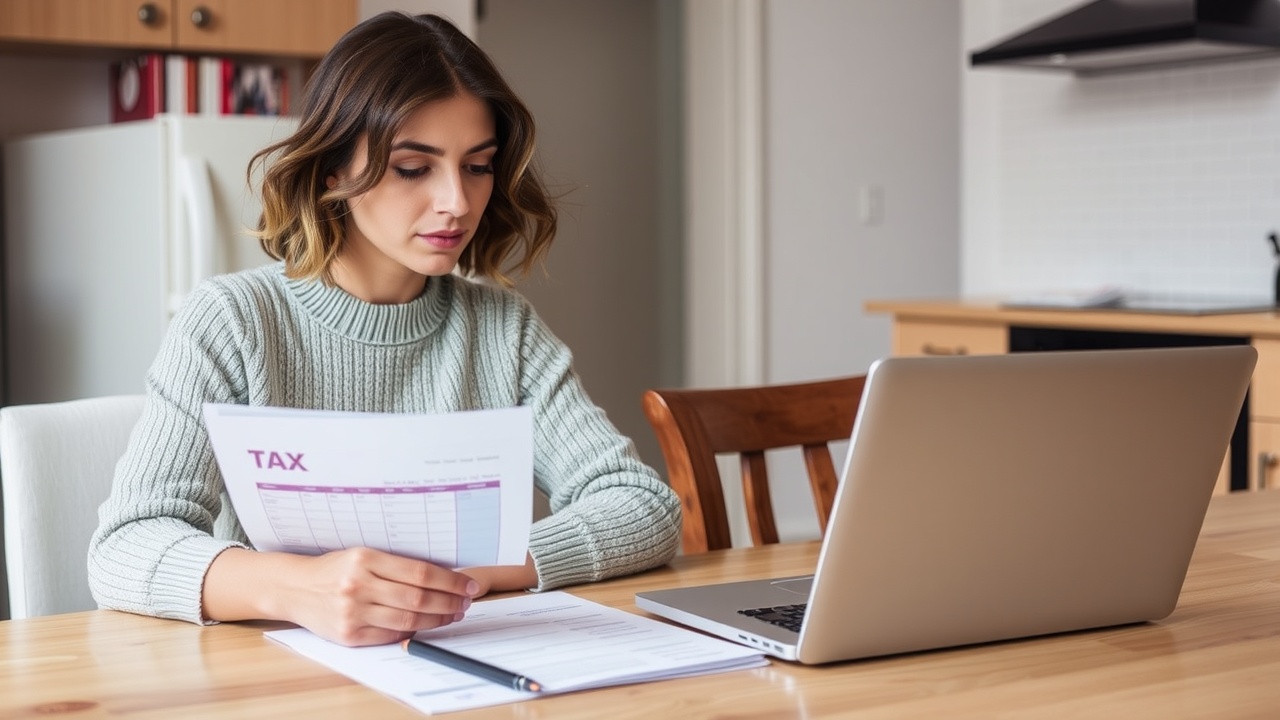
These ten steps could help you reduce your annual financial planning expenses, but higher capital gains tax rates now need to be taken into account
The Labour government has increased capital gain tax (CGT) rates as part of its revenue-raising efforts, which means that you may now have to pay more when you sell or donate assets.
In order to align the primary rates with those imposed on the sale of second homes, the lower rate of CGT has been raised from 10% to 18% and the higher rate from 20% to 24%.
We go into more detail about how you can lower your bill in this article, but we also examine how capital gains tax operates in another guide.
When you submit your annual tax return, you could save thousands of pounds by taking easy actions like offsetting any losses, carefully timing your gains, or completing a Bed & ISA transaction.
1. Think about where you stand on taxes next year
When deciding when to take a capital gain, investors frequently have options, so it's important to think about your overall tax situation.
Everybody's income varies from year to year. For instance, as a freelancer, you may choose to take on more work in one year than the next.
According to Sarah Coles, head of personal finance at Hargreaves Lansdown, postponing the sale of an asset may result in a lower rate of CGT on the gain if you anticipate earning less money the following year and falling into a lower tax bracket.
She continues, "On the other hand, if you anticipate paying more taxes in the future, it might be advantageous to take your profits in this tax year."
Of course, you must also consider other aspects, such as the timing of the market. Postponing the sale for tax purposes may not be the best course of action if there is a chance of capital losses and you are looking to sell some shares after a successful run because the outlook has suddenly turned sour.
2. Make use of your yearly grant
Before any taxes are due, you can take a specific amount out of your capital gains each year. This is referred to as your annual exempt amount or CGT allowance. The yearly allowance is a use-it-or-lose-it situation.
In April 2023, the CGT allowance was reduced from 12,300 to 6,000, and in April 2024, it was reduced to 3,000. The allowance for the 2025 - 2026 tax year is £3,000.
If you are accumulating a sizable gain, it might be prudent to realize it gradually over several years. You could avoid paying any taxes at all if you took out £3,000 in profits annually. Once your investment has been sold, you can reinvest the proceeds, thereby wiping out any gains.
3. Make up for any losses
In any given year, you might have gains on some investments and losses on others. Offsetting the two will allow you to take advantage of this.
For instance, you only have to pay tax on 7,000 of your gains if you have 10,000 in gains and 3,000 in losses. You can reduce your taxable gain to 4,000 by including your 3,000 annual exempt amount, if you haven't already.
Senior personal finance analyst at Interactive Investor Myron Jobson says, "It is worthwhile to think about carefully when to sell assets in order to maximize the use of losses against gains in the most tax-efficient way."
4. Any unused losses from prior tax years should be deducted
You can carry over your losses for use in subsequent tax years if you don't use them this year.
Charlene Young, AJ Bell's pensions and savings specialist, cautions, "Just make sure you register the losses with HMRC within four years after the end of the tax year in which you made the sale in question."
By declaring a loss on your tax return, you register it.
5. A stock and share ISA should be used
Holding your investments in an individual savings account (ISA) will completely shield you from CGT. The maximum amount you can deposit into your ISA (or ISAs) in a single tax year is £20,000. No matter how much you make, any capital gains on assets kept in an ISA account are tax-free.
Additionally, investments held in an ISA are exempt from income tax, so you can use it to shield your dividends from the tax collector.
6. Perform an ISA and Bed transaction
In a Bed & ISA transaction, your current assets are sold and then repurchased inside an ISA. You will avoid paying any CGT if you achieve this gradually and only realize gains of £3,000 annually, which is equal to your annual CGT allowance.
You can completely avoid paying income and capital gains taxes on the investments in question once your assets are held within the ISA.
Investment platforms frequently provide this service, which involves them handling your buying and selling for you in exchange for a one-time fee.
7. Contribute to a pension
One of the most tax-efficient ways to save for the future is to contribute to your pension. Any profits or income made inside a pension wrapper are exempt from taxes.
Additionally, savers receive a reduction in pension taxes on all contributions, which are paid at their marginal rate. For taxpayers with basic rates, this is 20%; for those with higher rates, it is 40%; and for those with additional rates, it is 45%. The 20% is applied automatically, but if you are a higher or additional-rate taxpayer, you might have to claim the remaining amount on your tax return.
Jobson says that "the magic of compounding, pension tax relief, and investment growth can significantly grow your retirement nest egg over time."
Private pension pots were exempt from inheritance taxes, making them a tax-efficient means of transferring wealth after death. Regretfully, this will change as of April 2027 due to a declaration in the Autumn Budget 2024.
8. Remember Sharesave programs
Although workplace share plans can be extremely valuable, they may be subject to capital gains tax. Fortunately, you can save CGT on shares from a Sharesave scheme or Share Incentive Plan (SIP) thanks to an ISA rule.
Coles clarifies, "There won't be any CGT to pay on these shares as long as you transfer the shares into an ISA within 90 days of the scheme maturing, and they are valued at less than your annual ISA allowance of 20,000."
9. Make a couple's plan
Certain assets may be transferred to your spouse if you are married or in a civil partnership. There is no CGT due at the time of transfer.
According to Young, "this means that you can take advantage of those tax breaks if your spouse has some ISA allowance left over after using up their tax-free allowance this year." You simply need to remember the asset's initial purchase price because that's what your partner will use to sell it.
If your spouse is a basic-rate taxpayer and you are a higher or additional-rate taxpayer, you may save even more money because the tax rate will be lower.
10. 10.
Think about investing without CGT. Finally, you might want to expand your portfolio by including some CGT-free investments. Among them are venture capital trusts (VCTs) and gilts.
UK government bonds known as gilts are issued by the HM Treasury to pay for public expenditures. By buying gilts, you are effectively lending the government money in exchange for the principal being repaid at maturity and regular interest payments (the coupon). Because of the excellent credit standing of the UK government, gilts are a comparatively low-risk investment.
However, because of their risk, VCTs should only be a small portion of a large and diverse portfolio, even though they are tax-efficient. Along with the dividend tax and CGT savings, you can receive up to 30% income tax relief on your investment.














Leave a comment on: Ten strategies to reduce your capital gains tax liability